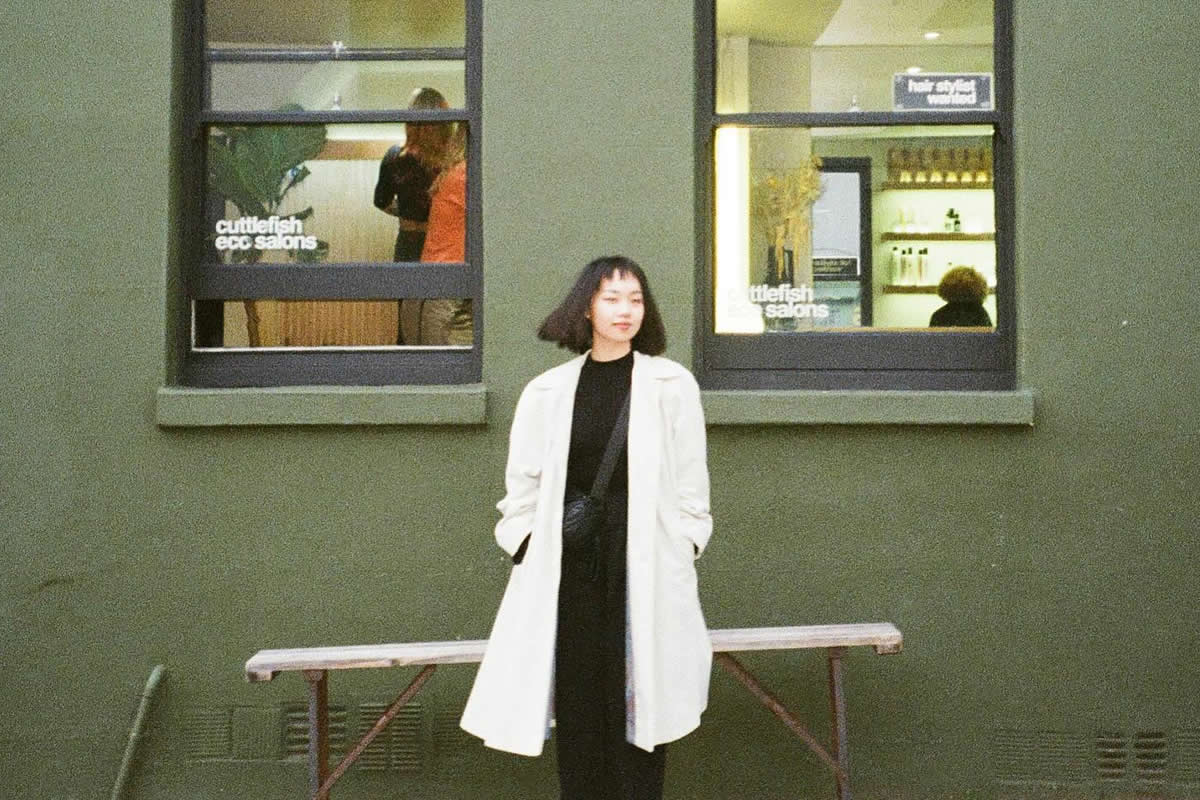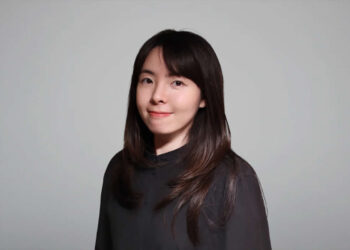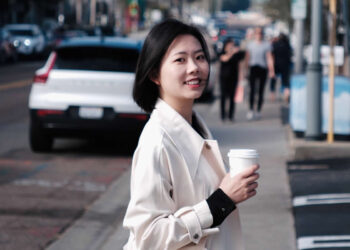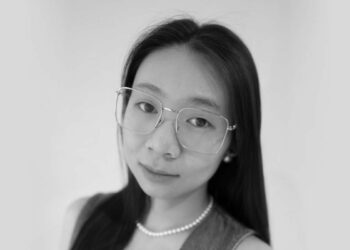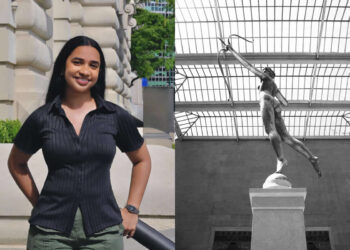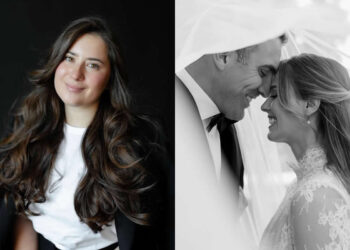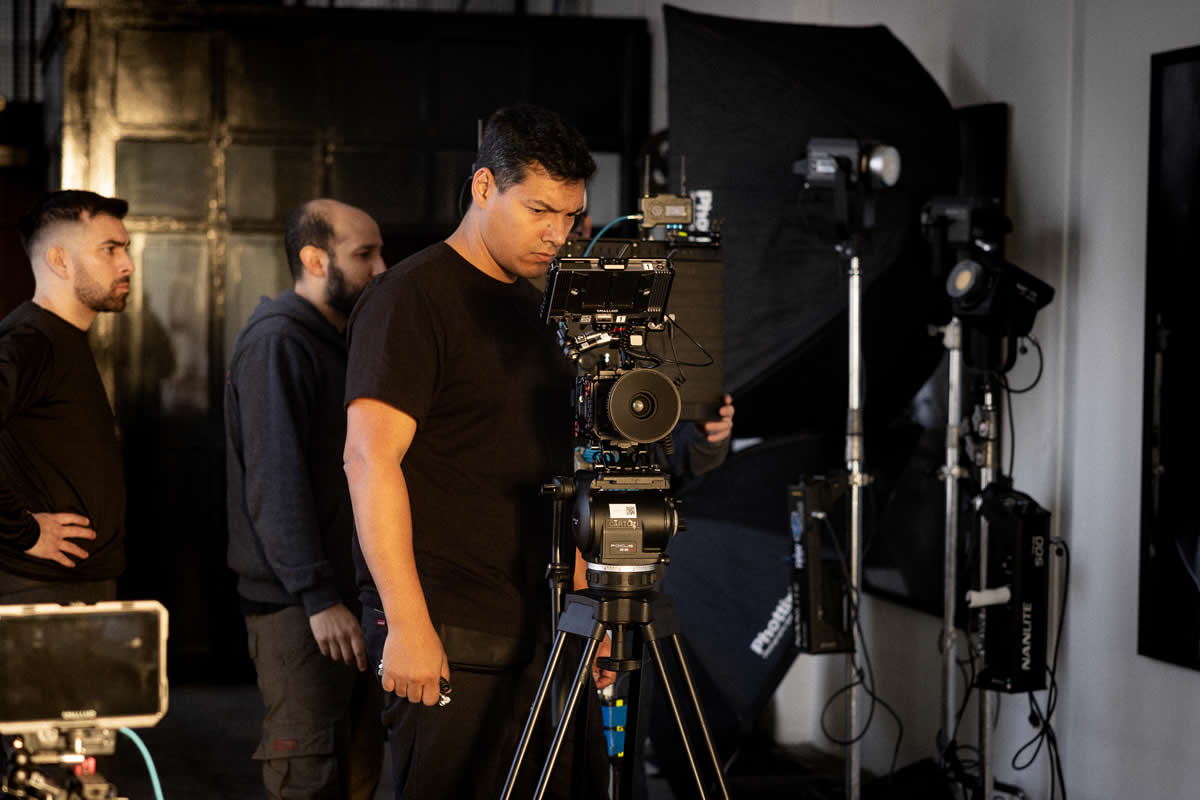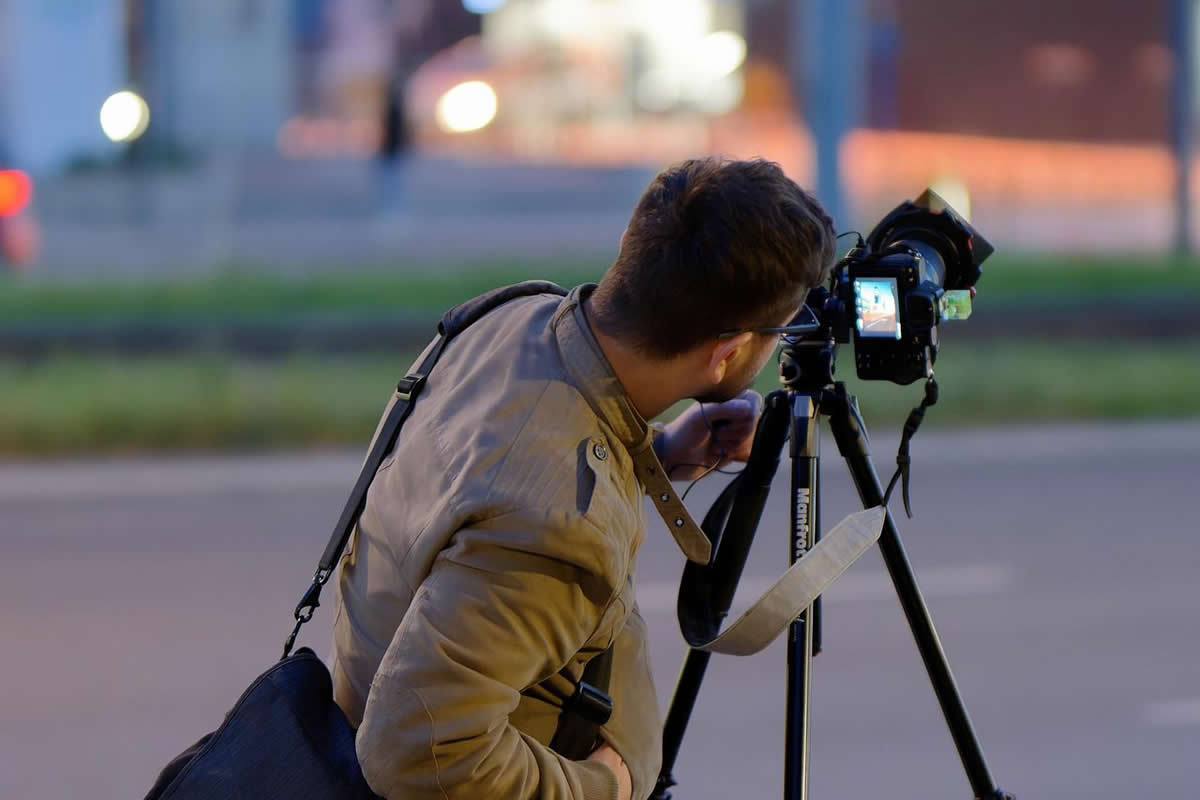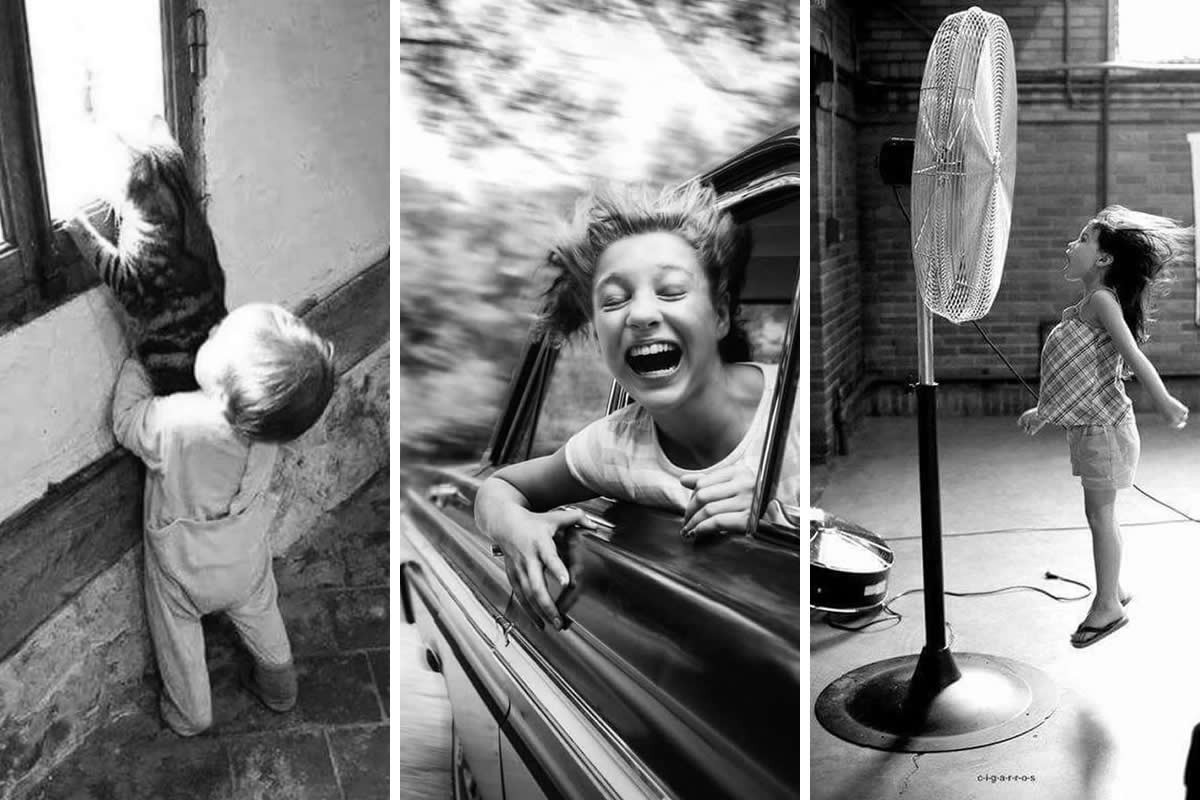Written by: Sophie Lee
In an era when fashion presentations are evolving into immersive experiences rather than traditional shows, designer Yangyang Xu is staking her claim at the forefront. Her latest showcase, part of the dual exhibition Chaser in the Mist at New York’s Flowing Space Gallery, exemplified the trend of spatial storytelling in fashion. Instead of a runway, Xu created a narrative environment, one that fused garments, graphics, and even ritual, inviting the industry to reconsider how clothing can tell a story in space.
A Meditative Fusion of Fashion and Ritual
Hosted in an interdisciplinary gallery-meets-teahouse, Chaser in the Mist unfolded as a meditative installation rather than a retail display. True to the exhibition’s concept of dissolving boundaries between materiality and illusion, Xu ensured that fashion here “extends beyond its functional form to become installation, narrative, and sensorial encounter.” The two-person show saw Xu presenting five original garments alongside three sculptural headpieces, large-scale projected print works, and a two-minute video piece exploring themes of illusion versus reality. Translucent textiles, halftone print patterns, and layered audio effects composed a world that evoked mystery while grounding visitors through a sensory tea service—yes, attendees sipped tea as part of the multi-sensory design. It’s experiential fashion taken to a new level, blurring lines between a gallery art happening and a forward-thinking fashion presentation.
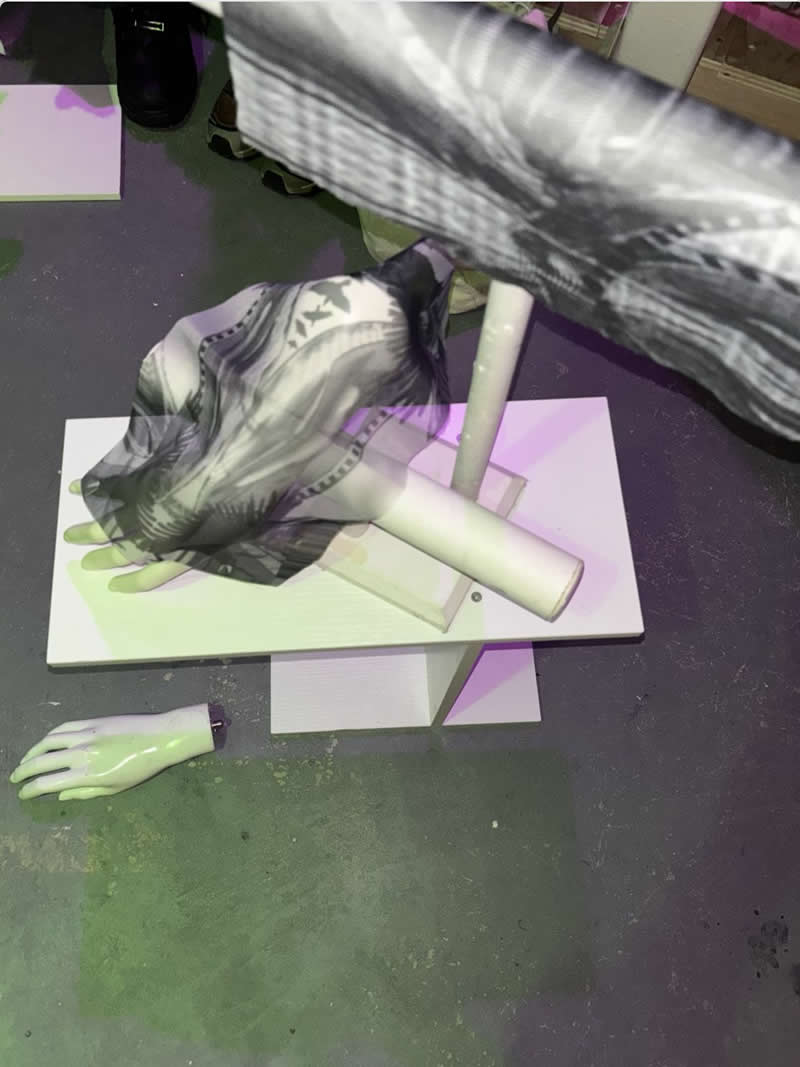
Illusion and Light Take Center Stage
Projected halftone imagery – reminiscent of winged silhouettes or a Rorschach inkblot – flickered across translucent screens in the dim gallery. These ghostly black-and-white visuals amplified the collection’s play on illusion and reality, appearing and disappearing like apparitions in the mist. By translating her print designs into moving light, Xu extended her garments into the realm of cinematic art, inviting the audience to step inside her narrative world.
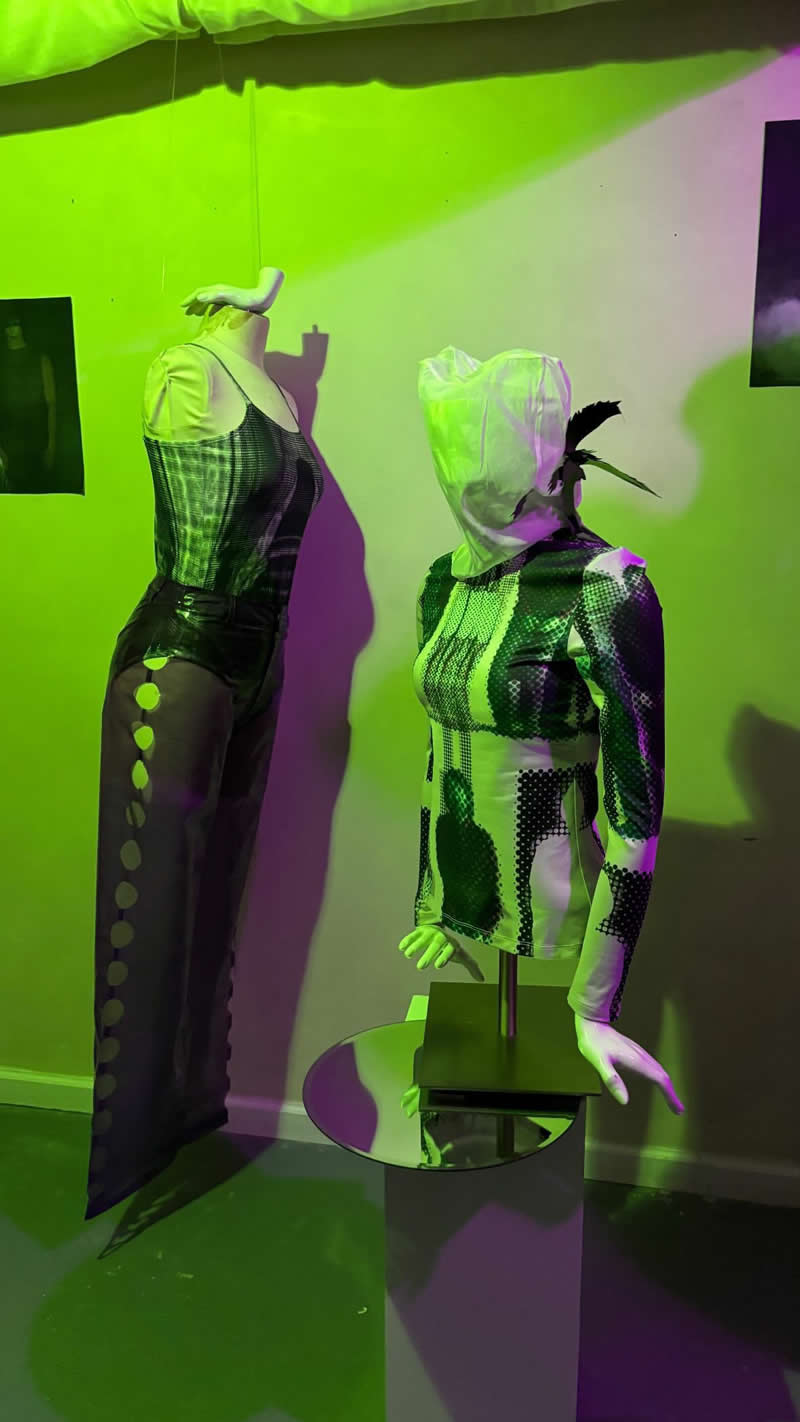
Sculptural Headpieces as Wearable Art
One of Xu’s sculptural headpieces on display showcased her experimental craftsmanship: black, laser-cut forms swirled around a white mannequin bust, encircling it like a halo of abstract ravens. Part fashion accessory, part artwork, the piece exemplified the designer’s gothic yet modern sensibility. Its intricate cut-outs cast lace-like shadows on the walls, reinforcing the installation’s otherworldly atmosphere and the idea that clothing can transcend the body to become pure expression.
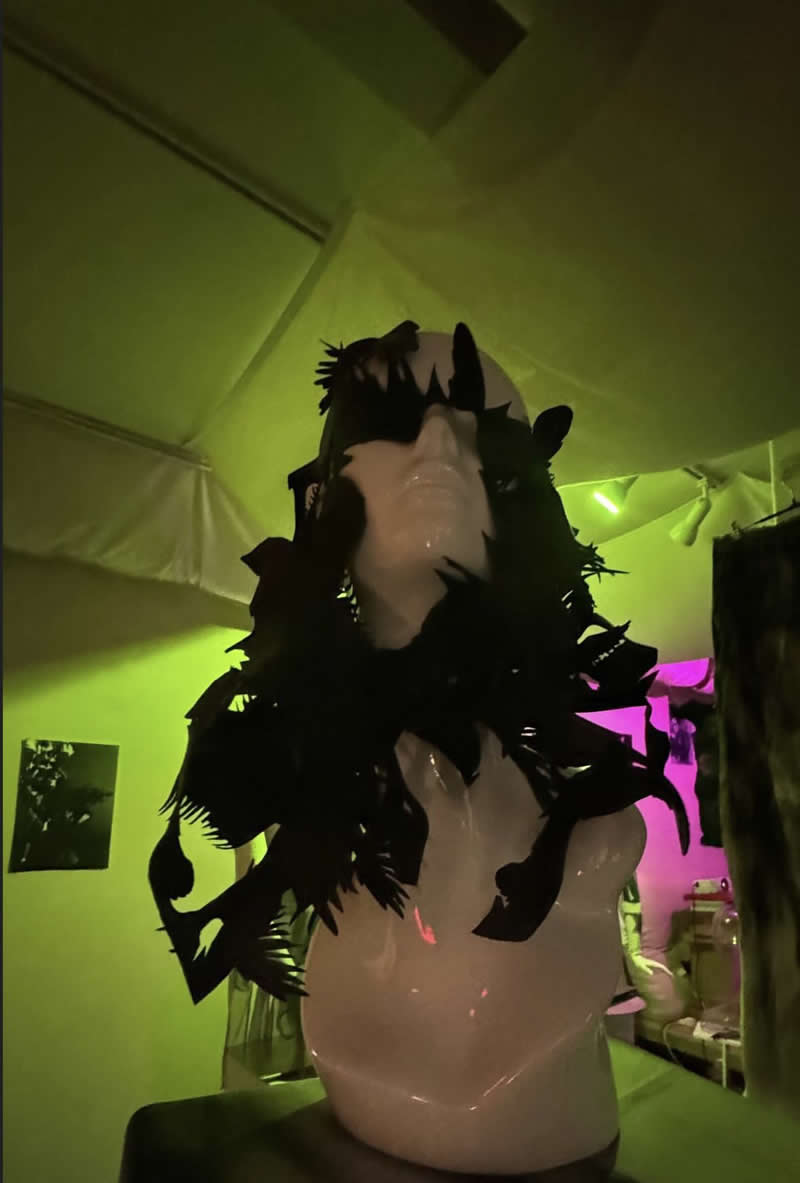
The Power of Print in Modern Fashion
Xu’s emphasis on print-based garment design is particularly notable – and timely. A fashion and print designer by training, she often translates filmic imagery and 2D graphics into tactile textiles and garments. In this installation, that meant halftone dots and cinematic stills blown up into fabric prints and projections, creating layers of visual texture. It comes as the industry at large is rediscovering the power of bold prints: after several seasons of minimalist palettes, “prints are back to energize dresses, outerwear, and accessories” with clashing patterns and statement graphics leading the charge. Xu taps into this renewed print fervor while pushing it further—using print not just as surface decoration, but as a storytelling device that interacts with lighting and space.
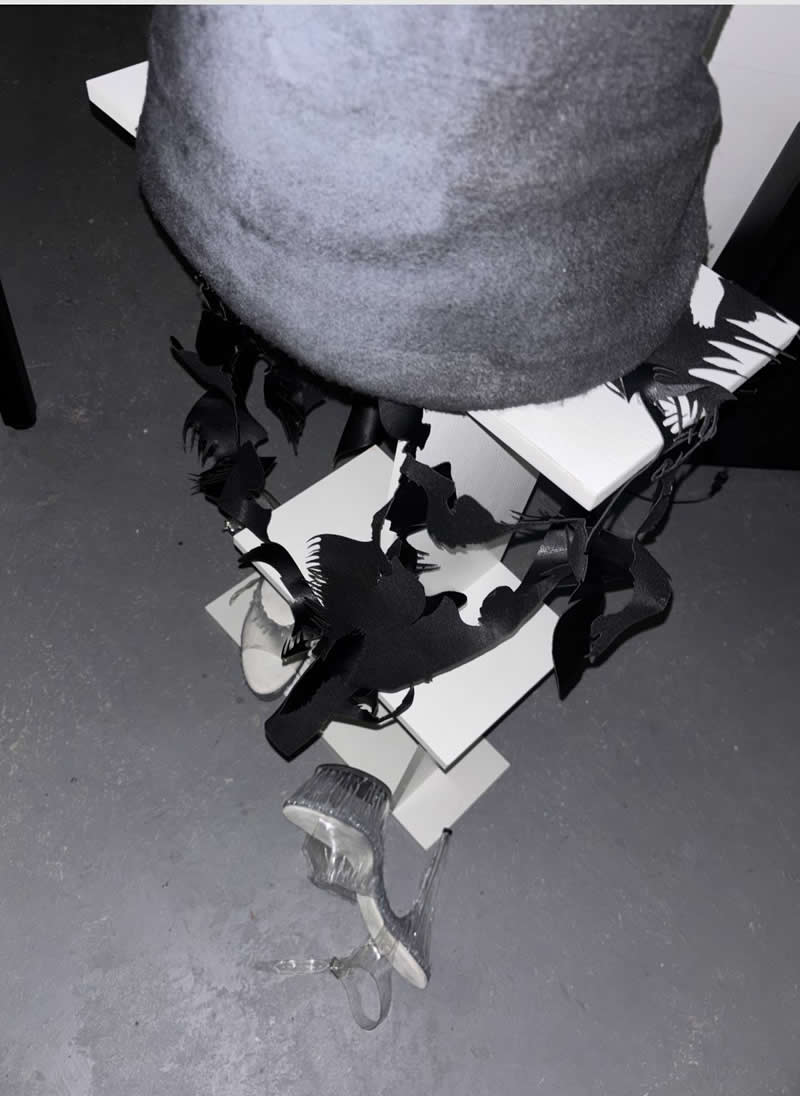
A Designer Bridging East and West
Beyond the technical and aesthetic innovation, Yangyang Xu’s trajectory gives her work added credibility. Recognized as one of the outstanding designers of her generation, Xu honed her skills across two continents: she earned her fashion training at China’s Donghua University and an MA at Kingston University in London. These dual influences (and a research-driven approach to materials) inform the East-meets-West, art-meets-fashion flair evident in her creations. Early on, she made her mark as a Top 50 finalist in the Arts of Fashion competition and had her graduate collection hand-selected for a showcase in London – indicators of a talent on the rise. She later lent her printmaking prowess to Alexander Wang, contributing graphic artworks to Wang’s Spring/Summer 2026 collection. That high-profile experience working under an established label’s wing proved formative: the precise pattern-cutting and graphic boldness evident in Chaser in the Mist owe something to the polish of a major New York runway, even as the concept is entirely Xu’s own. It’s no surprise, then, that industry insiders have an eye on Xu as an innovator to watch, noted for her originality and technical mastery in equal measure.
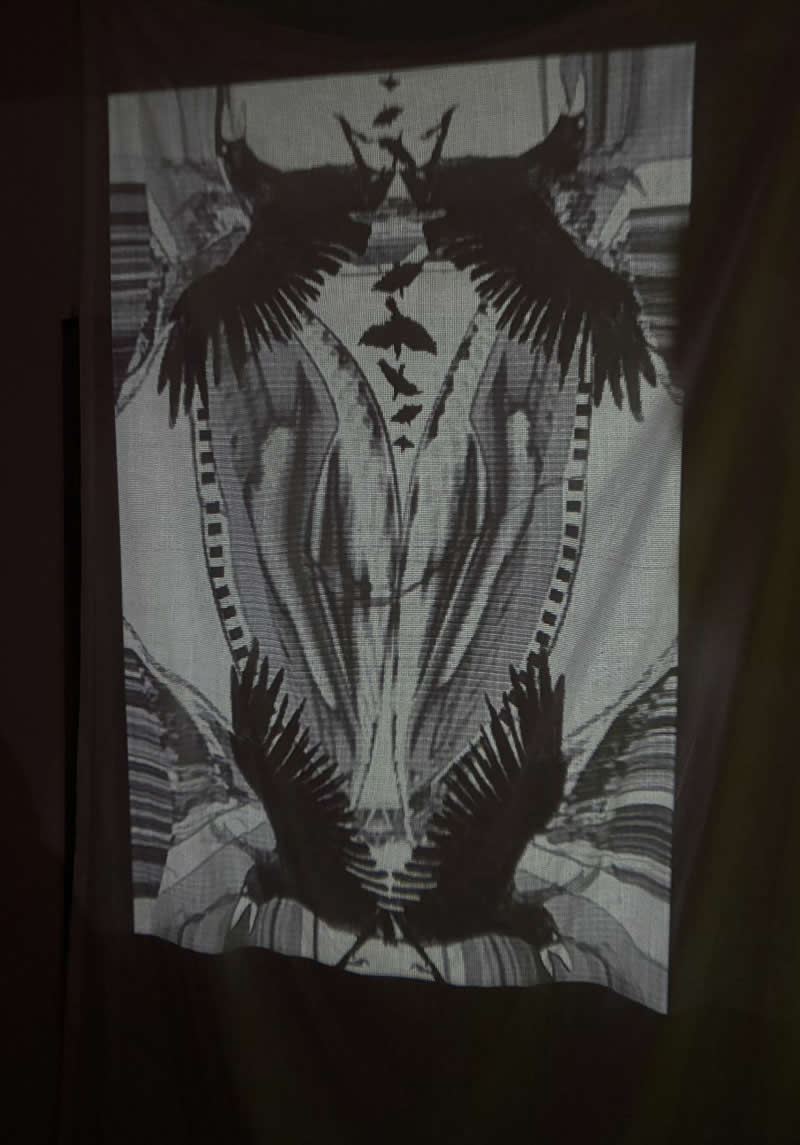
The Future of Fashion Lies in the Mist
With Chaser in the Mist, Yangyang Xu solidifies her status as one of the most compelling voices in experimental fashion installation. The exhibition affirms her position as a leading creative force bridging fashion and art, underscoring why her name is increasingly recognized among the field’s most innovative young practitioners. In a fashion world hungry for fresh narratives and immersive experiences, Xu’s ability to merge research, craftsmanship and aesthetic daring into an unforgettable spatial experience marks her as a true vanguard. She isn’t just showing clothes; she’s orchestrating encounters. And as Xu continues to blur the boundaries between garment and environment, reality and illusion, one thing is clear: the future of fashion may well be found in the mist.

